
Joan of Arc at the Stake
On November 17, 2012, Oscar-winning French actress Marion Cotillard joined the Barcelona Symphony and Catalonia National Orchestra for a performance of Arthur Honegger’s oratorio Joan of Arc at the Stake (Jeanne d'Arc au Bûcher) at the L'Auditori de Barcelona in Spain, broadcast live on Medici.tv. By Swiss composer Arthur Honegger, Jeanne d'Arc au Bûcher (1938) is an imposing oratorio. The libretto is a highly original creation by French poet and playwright Paul Claudel, who dramatises the last moments of the martyr's life. Originally written for actress Ida Rubinstein, the oratorio is written as a flashback in which Joan recalls her life, just before she dies. Honegger creates visually evocative ambiances and fills the orchestra with new sounds (saxophones, ondes Martenot). The initial prologue to the piece was added in 1944 as a symbol of the resistance during the Nazi occupation of France: again, Joan goes beyond her own story.
- Overview
- Cast
- Crew
- Recommendations
Joan of Arc at the Stake
- Overview
- Cast
- Crew
- Recommendations
Status
Released
Release Date
Nov 17, 2012
Runtime
1h 28m
Genres
Drama, History, Music
User Score
80%
Original Title
Jeanne d'Arc au bûcher
Production Companies
Medici.tv
Director
Jean-Pierre Loisil
Description
On November 17, 2012, Oscar-winning French actress Marion Cotillard joined the Barcelona Symphony and Catalonia National Orchestra for a performance of Arthur Honegger’s oratorio Joan of Arc at the Stake (Jeanne d'Arc au Bûcher) at the L'Auditori de Barcelona in Spain, broadcast live on Medici.tv. By Swiss composer Arthur Honegger, Jeanne d'Arc au Bûcher (1938) is an imposing oratorio. The libretto is a highly original creation by French poet and playwright Paul Claudel, who dramatises the last moments of the martyr's life. Originally written for actress Ida Rubinstein, the oratorio is written as a flashback in which Joan recalls her life, just before she dies. Honegger creates visually evocative ambiances and fills the orchestra with new sounds (saxophones, ondes Martenot). The initial prologue to the piece was added in 1944 as a symbol of the resistance during the Nazi occupation of France: again, Joan goes beyond her own story.
Cast
Crew
Trailer
Recommendations

Vampyr
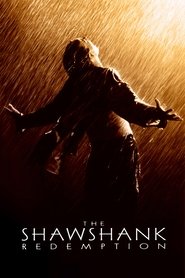
The Shawshank Redemption

Batman v Superman: Dawn of Justice

Unbreakable

Captain America: The Winter Soldier

The Shape of Water
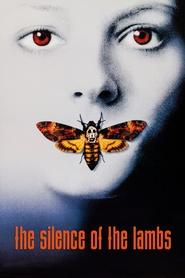
The Silence of the Lambs

Deadpool

Back to the Future

Mulholland Drive
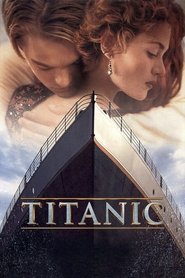
Titanic
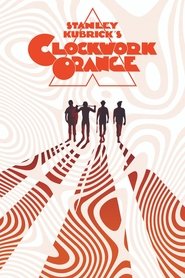
A Clockwork Orange

Rush

Ford v Ferrari

Interstellar
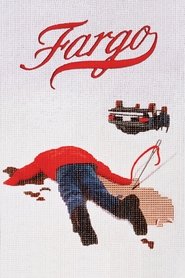
Fargo
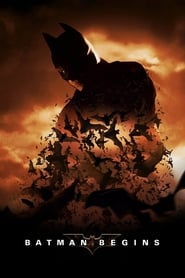
Batman Begins

A Beautiful Mind
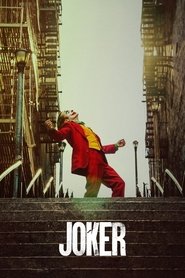
Joker






